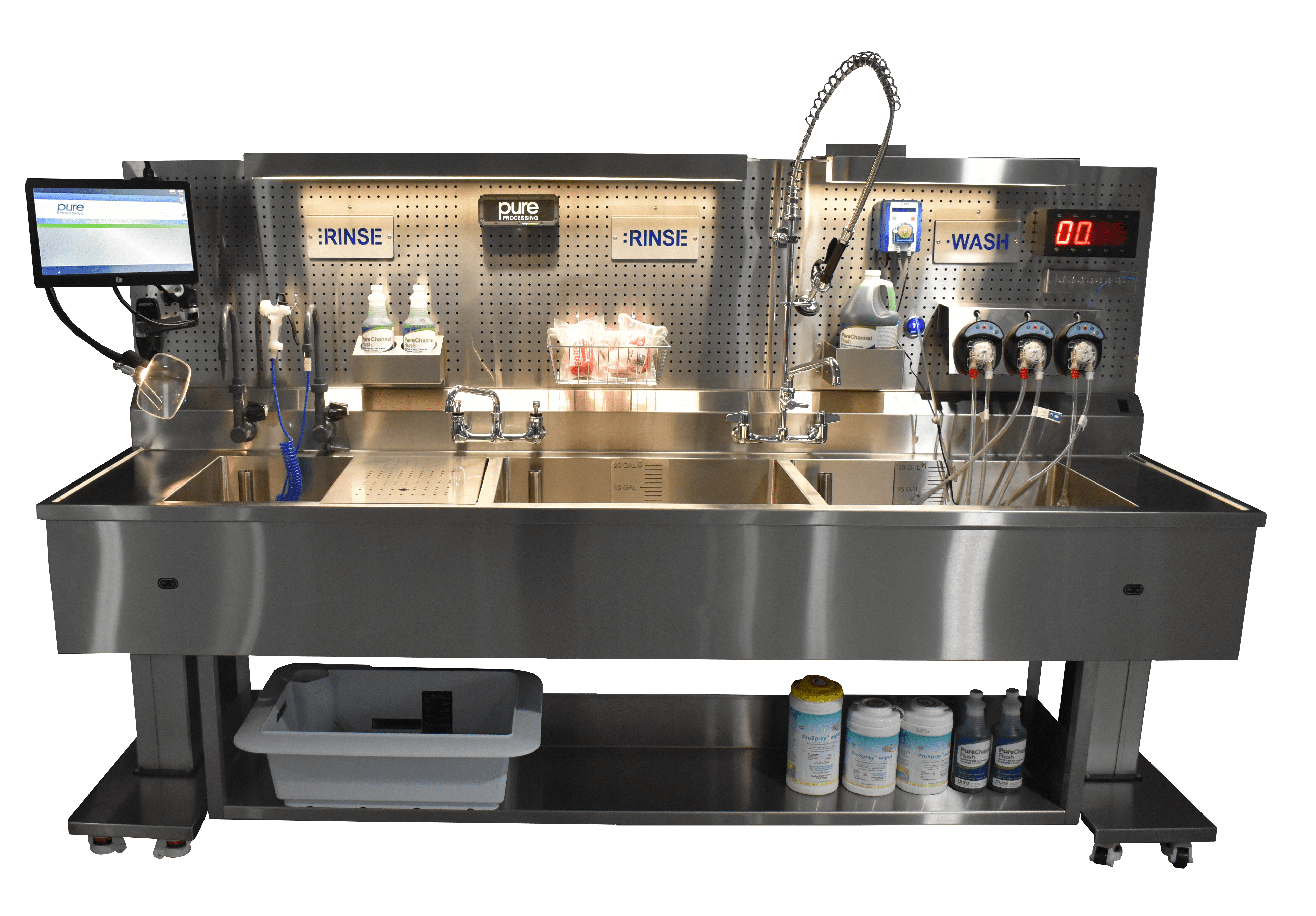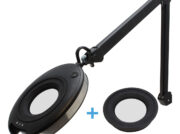
Marc Finch
In today’s fast-paced surgical environment, the role of sterile processing departments (SPDs) extends far beyond cleaning and reassembling trays. With an ever-increasing reliance on vendor-supplied loaner instrumentation, SPDs are expected to balance precision, efficiency, and compliance, often with limited resources. One of the most powerful tools to manage this complexity is data.
Marc Finch, Senior Surgery Management Consultant at Sullivan Healthcare Consulting and member of Pure Processing’s Voice of the Customer (VOC) council agreed to dig into using data to hold vendors accountable following our June 2025 VOC call. Explore how tracking key performance indicators (KPIs) related to vendor interactions can help SPDs improve outcomes, enforce standards, and build collaborative relationships rooted in accountability.
Track Delivery and Pickup Timeliness
One of the most straightforward and critical metrics to monitor is tray arrival and pickup timing. Many departments implement policies requiring vendors to deliver trays at least 48 hours before surgery and retrieve them within 24 – 48 hours after the case is completed. These timeframes help ensure adequate processing and prevent storage overflow.
Failing to meet these timelines shouldn’t go unnoticed. When vendors repeatedly miss the mark, departments may consider implementing consequences such as delayed tray access, storage fees, or escalation to vendor leadership. Just as importantly, vendors who consistently meet or exceed expectations should be acknowledged as reliable partners.
Monitor IFU and Inventory Compliance
Instruction for Use (IFU) documentation and complete inventory lists are non-negotiables for safe and effective reprocessing. Departments should require that vendors either physically bring the correct IFUs or send them electronically prior to tray arrival. Some organizations also mandate a photo of the tray and a weight check upon arrival to ensure consistency and thorough documentation.
If IFUs or inventory documentation are missing, departments can justifiably refuse to process the trays. Clear documentation of these refusals provides transparency and supports enforcement of policies.
Assess Frequency of Use for Loaner Optimization
If a loaner tray is used frequently, it might make more sense to transition it to consignment. Tracking how often specific trays are brought in can help departments determine whether they’re being over-reliant on one-off loaners. While purchasing may not always be practical, especially given the rate of technology change, consignment can offer the benefits of accessibility and readiness without the burden of ownership.
This data can also open conversations about consolidating trays or adjusting instrument sets based on usage patterns and surgeon preferences.
Evaluate Vendor Responsiveness and Communication
Good vendor relationships are built on trust and responsiveness. With modern loaner software, departments can track how quickly vendors confirm upcoming procedures and respond to requests. Delayed acknowledgments or a pattern of last-minute tray deliveries can lead to inefficiencies, reprocessing delays, and even surgical rescheduling.
When vendors are consistently unresponsive, having the data to show specific instances and trends allows SPDs to escalate appropriately or reconsider vendor relationships altogether.
Inspect Instrument Condition and Rejection Rates
Instrument quality is a serious concern. Departments often encounter trays with cracked containers, instruments marked with non-compliant engraving or deteriorated tape, or pitted and damaged tools. Rejecting these trays is not only appropriate, but also essential for patient safety and compliance.
Establishing a formal process for recording tray rejections, especially if tracked per-vendor, can help drive improvement. Communicating these data trends with vendors encourages proactive quality checks and reinforces shared accountability for safe surgical outcomes.
Use Check-In Data to Streamline and Standardize
Dedicated vendor check-in spaces help consolidate incoming trays and ensure consistent documentation. With time-stamped check-ins, required photo documentation, and IFU uploads, these centralized spaces allow for better tracking and standardization. Some organizations use mounted cameras or integrated software to capture and log every step, reducing the chances of human error or incomplete records.
This structured approach doesn’t just streamline the workflow, it also strengthens the department’s ability to defend its practices, monitor vendor compliance, and reduce operational friction.
Closing Thoughts
Data isn’t just about charts and numbers; it’s about insight, consistency, and leverage. When used thoughtfully, data allows sterile processing departments to create fair expectations, spot issues before they escalate, and ultimately provide better support for surgical teams. As more departments invest in tracking systems and formalize their metrics, vendor accountability will shift from a frustration point to a shared opportunity for excellence.
Interested in more VOC content? Click here!
About: Voice of the Customer Committee
The Voice of the Customer Committee is a panel of healthcare and instrument reprocessing professionals who have graciously donated their time to share their expertise and guidance on current challenges faced by the instrument reprocessing community. Through sharing their insights, experiences, and best practices, we have been given the opportunity to share these findings with our readership. We’d like to thank our VOC members for their outstanding input and insights, as well as their time! Thank you for your continued partnership, and all you do.








